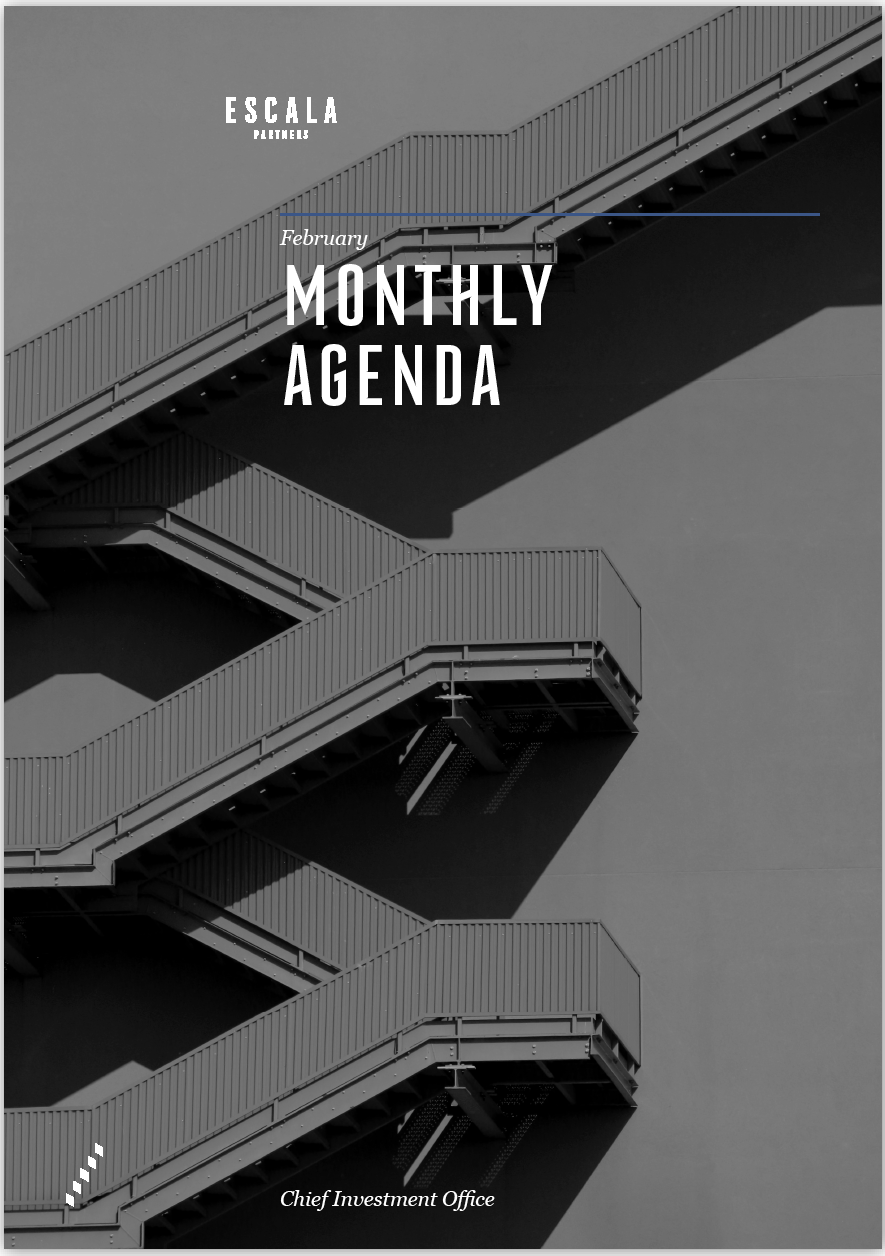-
Overview
The fixed income story for February was the rise in bond yields. Nominal bond yields are made up of two broad components – real yields and inflation expectations. So far, most of the rise has been driven by higher inflation expectations. Real yields remain in negative territory and therefore stimulatory for equities. We are watching real yields closely, however.
The US Federal Reserve meeting minutes reiterated that policy makers view the economy as likely to require stimulus for “quite some time,” with a willingness to dismiss any leap in inflation over coming months as temporary.
Chart 14: Bonds begin to price in the recovery

Source: Bloomberg
Investors are building bets against the largest corporate debt exchange-traded fund as credit spreads shrink and interest rates rise. with the vaccine rollout underway and an economic reopening in sight, investment-grade credit spreads to Treasuries have tightened sharply. Meanwhile, building reflation expectations have boosted long-dated Treasury yields to the highest levels in a year.
Judging by the historically tight relationship between credit spreads and volatility, credit is looking expensive.
Chart 15: High yield bond spreads and equity market volatility

Source: Bloomberg
Changes in two-year yields have impacted the effective fed funds rate for the last twenty years and by default, broader interest rate levels. When that starts to break out, expect the Fed to be not too far behind.
Judging by the most recent minutes from the US Federal Reserve meeting, we shouldn’t expect that to occur anytime soon. But the minutes went out of their way to dismiss inflation fears, waving away the base effect issue and suggesting that underlying inflation pressure is modest. Most participants in the meeting view risks as skewed to the downside.
Chart 16: 2-year bond yields lead official interest rates in the US

Source: Bloomberg







